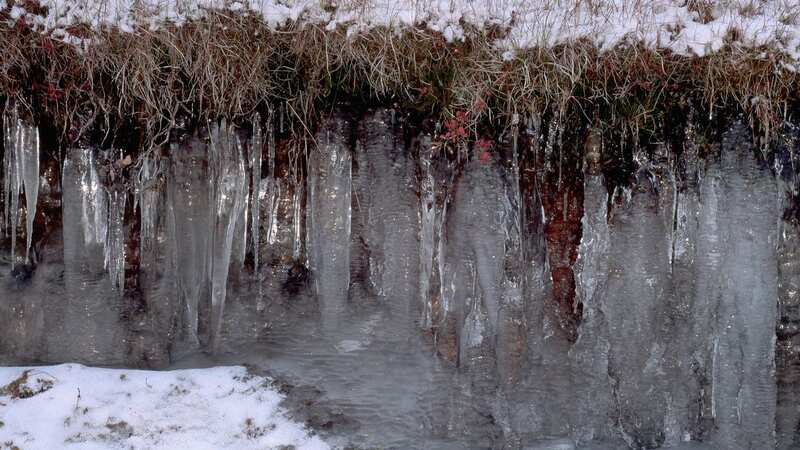Fears thawing permafrost in Arctic could release cancer-causing Radon

Thawing permafrost could release surges of a cancer-causing radioactive gas into the atmosphere, according to an alarming new study.
The ground remains frozen all year round in the Arctic and prevents a number of potentially deadly gases from reaching the surface. However climate change warming the area has changed conditions and means the surface is not as cold as it was once.
Gases lurking beneath include greenhouse gas methane and radon, a radioactive gas which is the leading cause of lung cancer in the UK among non-smokers. The report, published in in Science Direct, reads: “The potential risk of radon exposure in cold regions of [the] Northern Hemisphere is increasing due to climate-induced permafrost degradation. As a natural barrier, permafrost soils could screen the radon gas from migrating into underground dwellings and work-space in cold regions.
“However, permafrost degradation has been extensively observed and this trend is projected to continue under a warming climate. Permafrost degradation and ground ice melting, water exchange, gas emissions and thaw settlement have enhanced the ability of radon migration into dwellings and work space, which substantially endangers human health if long exposed.
“Our synthesis results also underline that the related research of radon migration and relation in permafrost regions are grossly inadequate and urgently needed. It is noteworthy that radon is a colourless, odourless, and radioactive gas, which can pose a serious risk on human health if long exposed.”
 Warning as popular food and drink ‘increase risk of cancer death by up to 30%’
Warning as popular food and drink ‘increase risk of cancer death by up to 30%’
Levels of radon tend to be low indoors - but higher levels pose a serious health risk and there's no way of knowing how severe levels are without testing.
The report added: “It also should be noted current research on radon migration and radon risk in cold regions (including permafrost regions) are grossly inadequate. Current published studies on radon risk in cold regions mainly concentrated in Canada and Russia, especially in their Artic regions, partly due to more extensive distribution of uranium deposits in their permafrost regions.”
Despite the possible health impact, two thirds of adults don't know what radon is and that it can cause cancer, according to research in 2020 by smart radon and indoor air quality monitor manufacturers Airthings, found six in 10 haven't given any thought to the health impact of the air in their homes.
A spokesman for Airthings said: "Radon is the number one cause of lung cancer among non-smokers. In fact, radon-induced lung cancer kills more people than house fires and carbon monoxide combined. It's an invisible radioactive gas with no smell or taste and comes from rocks and soil. Low levels can be found in the air outside however levels of radon can be higher inside buildings - homes included."
Read more similar news:
Comments:
comments powered by Disqus

































